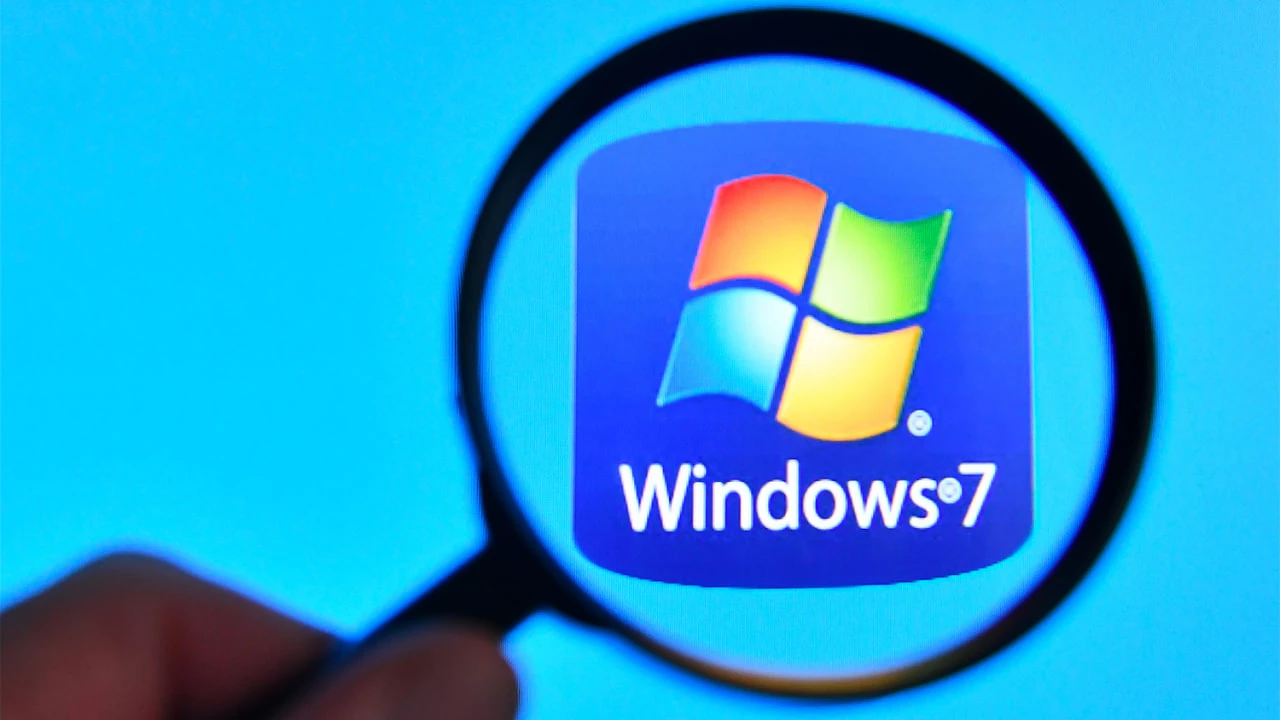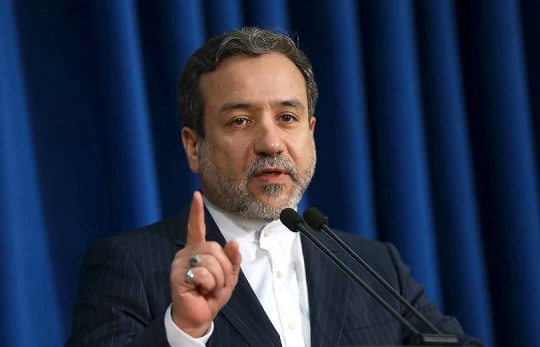According to StatCounter's October report, the structure of the computer operating system market has undergone significant changes. Windows 10's share fell to 33.57%, while Windows 11 also fell, contrary to expectations, from 49% to 43%, according to Habr.
The most anticipated result was a sharp increase in the share of Windows 7, which increased from 9.61% to 22.86%. Experts call this jump a statistical anomaly, but note that this trend reflects the continued mistrust of users towards Windows 11 and the lack of widespread adoption of the new platform.
After official support for Windows 10 ends in October 2025, its market share has fallen to levels comparable to those recorded nearly a decade ago. However, a significant number of users are still reluctant to upgrade to Windows 11, citing hardware limitations and dissatisfaction with the system interface.
As interest in Microsoft products decreases, interest in alternatives increases. The developers of Zorin OS, a Linux-based operating system, have reported that the release of Zorin OS 18, which coincided with the end of life of Windows 10, has generated increased interest. In the first two days, the number of downloads exceeded 100,000, 72% of which were made from Windows computers.
Zorin OS 18 features an improved window layout system similar to Windows 11's Snap Layouts, enhanced compatibility with Windows applications via WINE 10 layer, and smart suggestions for optimal launch of more than 170 popular applications.
For comparison, in StatCounter's August 2025 report, operating system divisions were broken down as follows: Windows 11: 50.36%, Windows 10: 42.57%, Windows 7: 6.14%, Windows XP: 0.29%, Windows 8.1: 0.19%. At the time, Windows 7 maintained a steady market share of 2-3%.
Translation:Euromedia24.com-in:


























